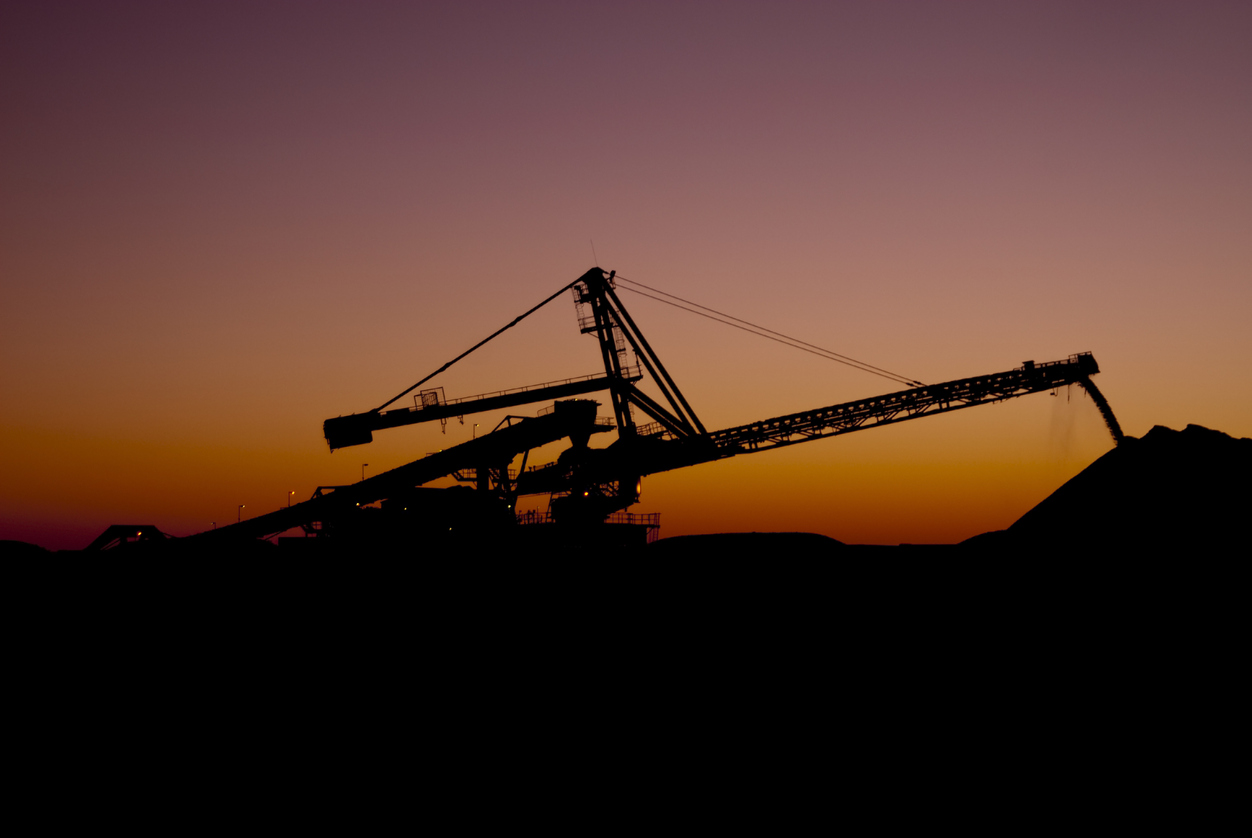
BHP vs Rio Tinto – Which is the better investment?
Comparing BHP Group (ASX: BHP) and Rio Tinto (RIO) in 2025 and Beyond Australia has long been known as “the lucky country” due to our abundance of the natural resources needed for the rest of the twenty first century and beyond. The ASX has some of the best mining companies in the world, key among…
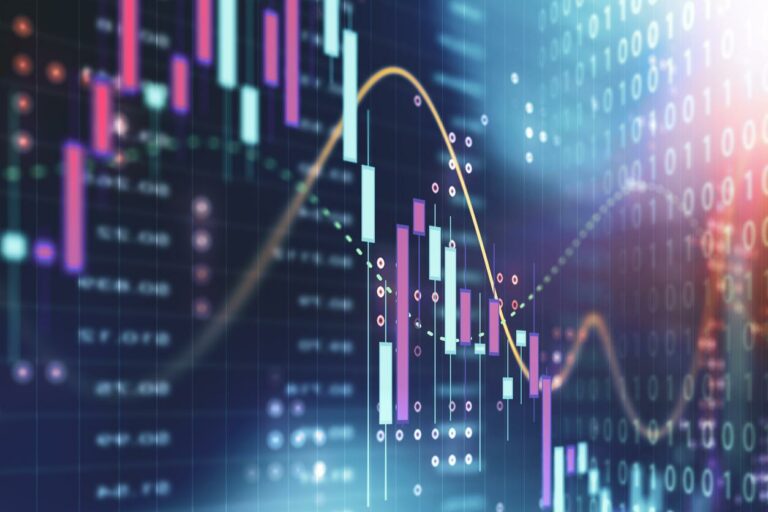
Stocks That Give Shareholders That Little Extra
Newcomers to share market investing are bombarded with bromides about “becoming owners” of a company of their choice, or at least a few pieces of it. They are also advised of the many things to consider before buying their own company, key among them are the differences between companies that pay dividends to their shareholders…

The Best ASX Penny and Small-Cap Stocks to Buy
Everyone loves a bargain, and they can be found in the stock market. Bargain stocks often emerge in troubled times when the market takes a dip; however, there are bargain stocks available at any time. For investors looking for a bargain, we have picked some of the best ASX penny stocks and small-caps to buy….

The Best ASX Cannabis Stocks to Buy
On 17 October of 2018 Canada became the largest country in the world to legalise the recreational use of marijuana (cannabis.) Uruguay holds the title of world’s first, legalising marijuana for recreational use in 2013. Canada and Australia are two of roughly thirty two countries have adopted some form of legalised medical marijuana use. In…
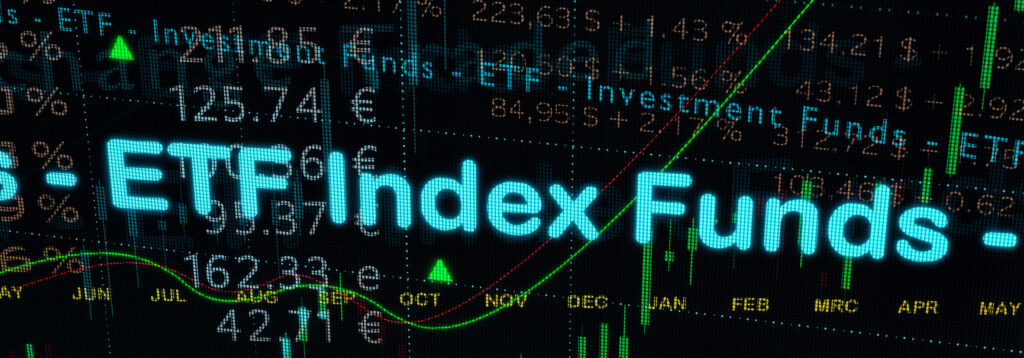
The Best ASX ETFs to Buy
Exchange Traded Funds (ETFs) first appeared in 1993 as an improved investment opportunity for investors looking for diversification offered by passive income investing following a market index, such as the US S&P 500. Prior to that time investors were limited to investing in Mutual Funds. Mutual funds are bought and sold directly from the company…
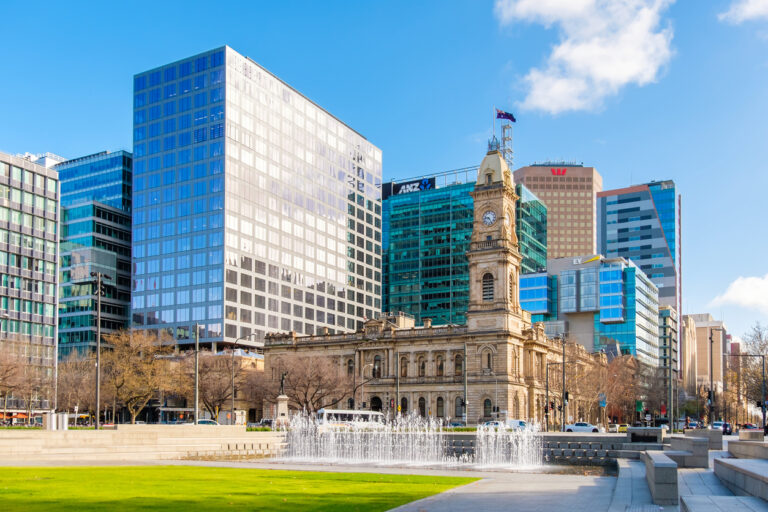
The Best ASX Financial and Banking Stocks to Buy
The ASX financial sector has much to offer investors of all backgrounds. Risk adverse investors with long term horizons have only to look at Australia’s globally renowned “Big Four” banks, along with a smattering of smaller regional banks and an internationally acclaimed investment bank. The Big Four are considered the best in the world based…

The Best ASX Tech Stocks to Buy
For decades, investors worldwide have had a love affair with technology stocks. In the US, the acronym FAANG stocks gained popularity to encapsulate some of that country’s most successful technology companies – Facebook (now Meta), Apple, Amazon, Netflix, and Google (now alphabet). Not to be outdone, the Australian investing community put out its own acronym…

The Best ASX Energy Stocks to Buy
Energy has many definitions, but for investors looking for some of the best energy stocks on the ASX, they need only pay attention to one: Energy is the power needed to provide light, heat, and to work machines. ASX energy stocks are producers of that power. Investors in the mid-1900’s had three energy-producing sources to…
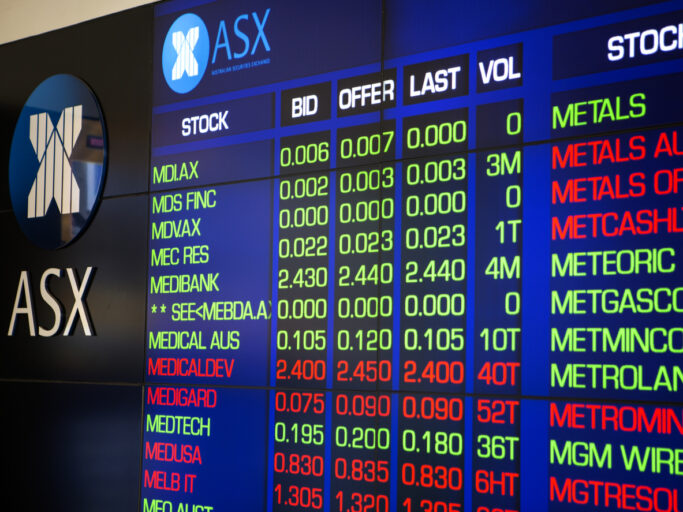
The Best ASX Blue Chip and Large Cap Stocks to Buy
Blue Chip stocks are not just for risk averse investors, although most market commentators cite “safety” as one of the principal attractions of Blue Chips. The safety comes from the rock solid financial stability of most blue chip stocks, along with decades long track records of solid performance. Dividend payments are another major reason for…
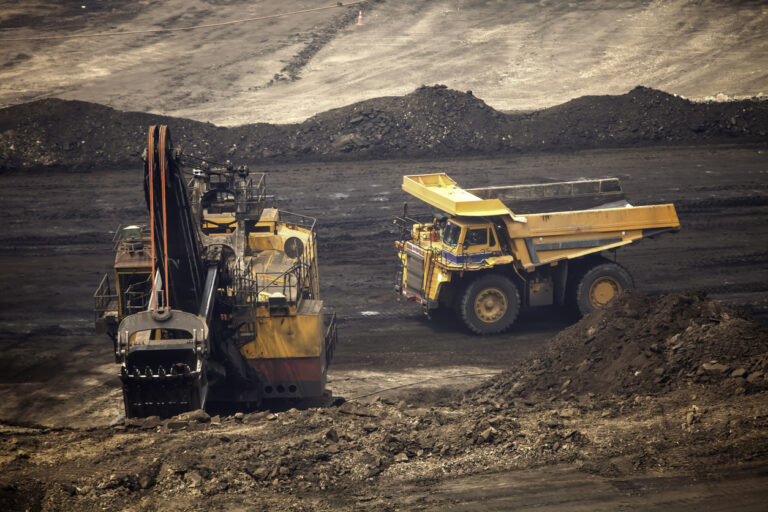
The Best ASX Mining Stocks to Buy
Australia is known the world over as a premier mining country. ASX mining stocks are in the top tier of the world’s producers of lithium, nickel, copper, gold, silver, and other metals and minerals. The world runs on hard commodities that come from the earth. Australian investors are blessed with a wealth of stellar miners…




